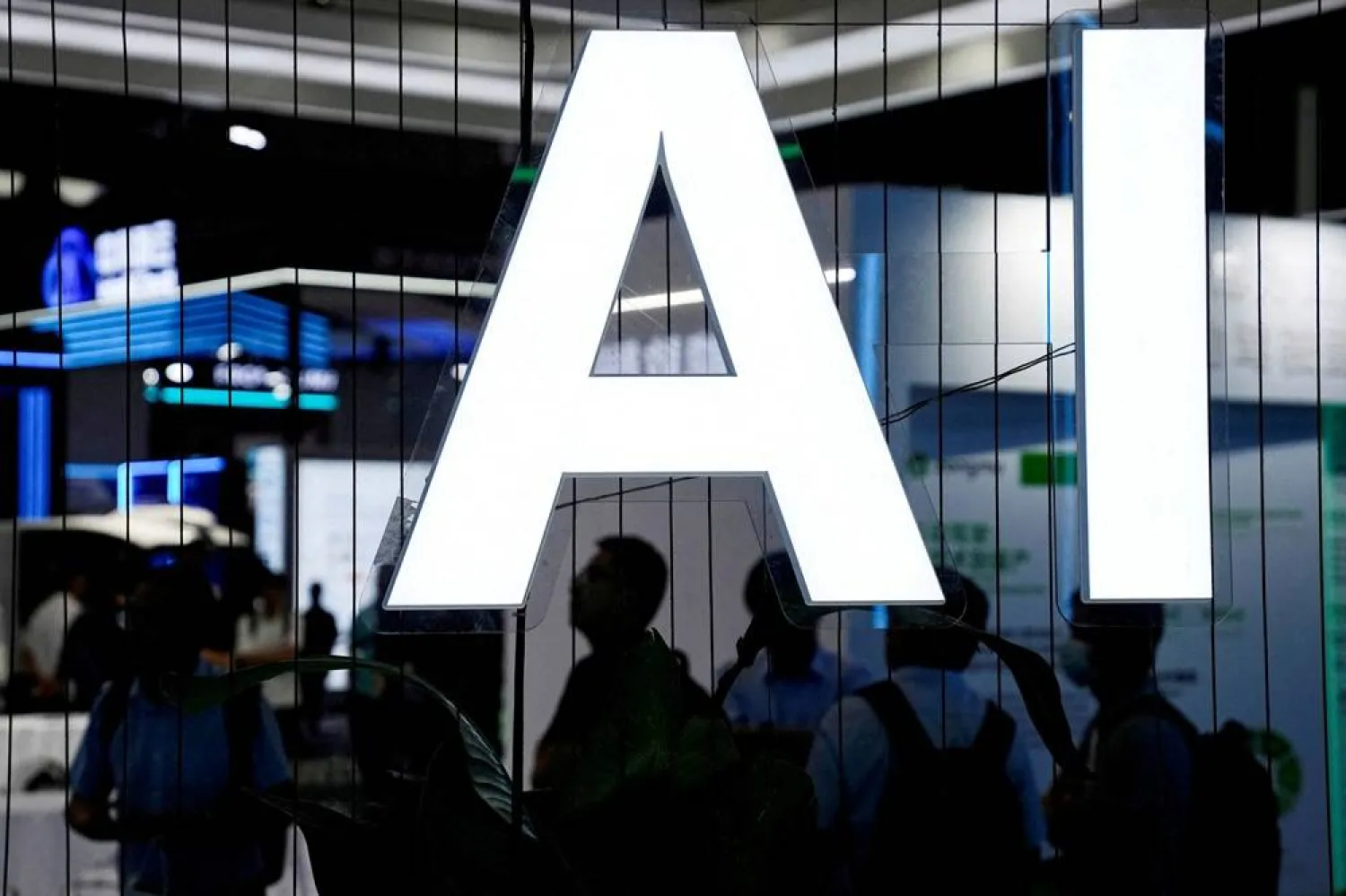A team of scientists from Nanyang Technological University (NTU), Singapore, has developed a plant-based emulsifier that is not only rich in protein and antioxidants, but also has the necessary properties to replace eggs or dairy in food staples such as mayonnaise, salad dressings, and whipped cream. The new product was announced on December 22.
Emulsifiers are crucial for food production, as they help stabilize a combination of two liquids that do not mix easily, such as oil and water. For example, egg yolk is often used as the emulsifying agent in mayonnaise to ensure that the oil and water it contains does not separate.
The NTU-made emulsifier also helps cut down on food waste, as it is made by fermenting brewers’ spent grain, a by-product of the beer-making industry. It is estimated that globally, around 39 million tons of spent grains are thrown into landfills yearly, where it would decompose and add to greenhouse gas emissions.
To produce the emulsifier, brewers’ spent grain is fermented before undergoing further processes to extract the proteins and produce foods such as mayonnaise. Compared to store brand mayonnaise, the mayonnaise produced with the NTU-plant-based emulsifier contained more protein, and higher amounts of certain essential amino acids.
The fat and calorie contents were similar compared to typical store brand mayonnaise, but the NTU-made one contained more nutrients and antioxidants, and had the same taste. A lab test by the researchers showed that NTU-made mayonnaise also showed better texture and spreadability, compared to its off-the-shelf counterpart.
Currently, brewers’ spent grain is not widely used in food processing, largely due to the difficulty of extracting proteins from it. As the proteins are "trapped" within its complex structure, current commercial processes, such as using chemicals or high temperature to release them are costly and complicated.
Although there have been other uses for brewers’ spent grain, such as cattle feed and solid fuel, the NTU-made emulsifier focuses on its human nutritional aspect, as well as using natural solutions to add value to it.
The NTU team discovered that a cheaper and simpler alternative to unlock the protein potential of brewers’ spent grain was to use a fungus, Rhizopus oligosporus, which is easily obtainable. As the mixture ferments, the fungus secretes enzymes that break down the complex molecular structure of the spent grain, making it a simple and cost-effective way of extracting the proteins and antioxidants within.
“Our emulsifier is as an impactful solution to not only cut down on waste, but potentially improve human diets by introducing plant-based protein that is widely accessible. Furthermore, our emulsifier allows us to upcycle a would-be waste product. The environmental benefits of upcycling are immense, aside from minimizing the volume of discarded materials and waste sent to landfill each year,” reported Professor William Chen, director of NTU’s Food Science and Technology (FST) program.







